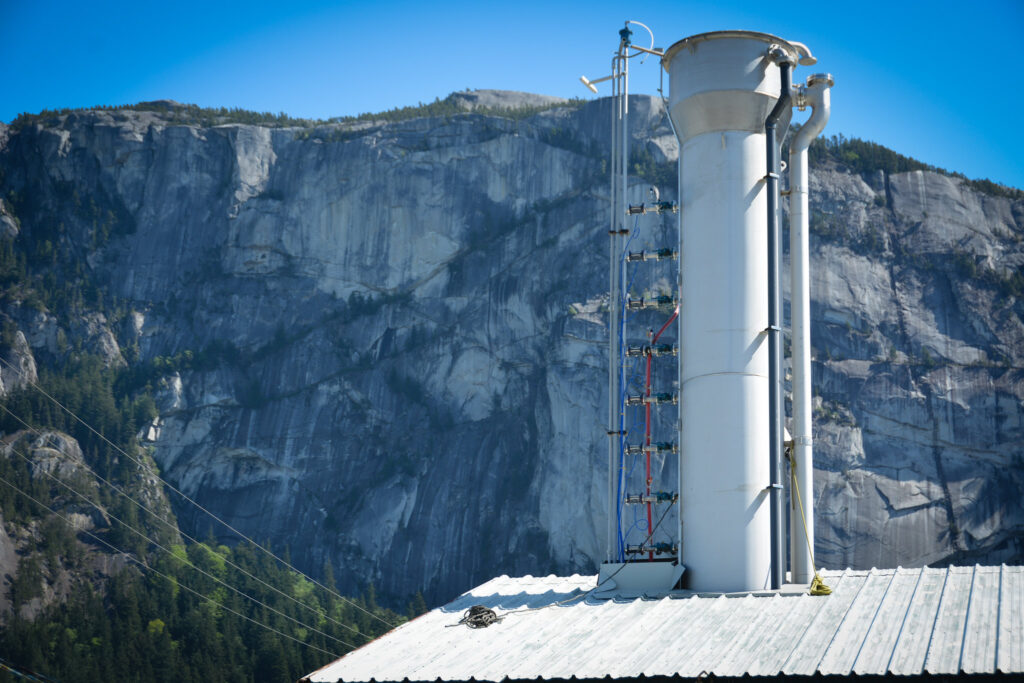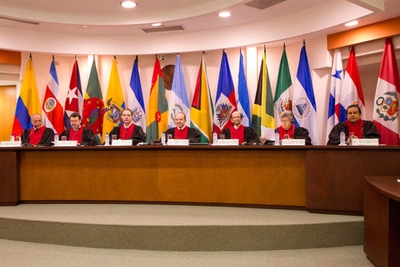
Geologic carbon sequestration—i.e., the storage of carbon dioxide in underground rock formations—has been the subject of much debate in recent years. Many see it as an important tool for combatting climate change. It is, after all, a necessary component of point-source carbon capture and storage (“CCS”) systems that seek to prevent carbon dioxide produced by power plants and other industrial facilities entering the atmosphere (i.e., by capturing it before release and storing it underground). It is also needed for some carbon dioxide removal (“CDR”) approaches, such as direct air capture, which pulls carbon dioxide out of the atmosphere. In both cases, storing the carbon dioxide underground isolates it, and thus prevents it contributing to climate change. Or at least that’s the theory. Opponents of geologic carbon sequestration have long raised concerns about the potential for leakage, resulting in release of the carbon dioxide into the atmosphere, and/or other environmental harms (e.g., groundwater contamination). Those are real risks that need to be carefully evaluated and managed, especially as carbon sequestration operations scale up.
Recognizing this, federal and state bodies have adopted a number of laws and regulations aimed at ensuring geologic carbon storage proceeds in a safe and responsible way. At the federal level, the Environmental Protection Agency (EPA) regulates wells used for underground injection of carbon dioxide under the Underground Injection Control (“UIC”) Program, established pursuant to the Safe Drinking Water Act. To date, EPA has issued four permits for carbon sequestration projects under the UIC program, and currently has over 130 permit applications under review. One of the four permitted project – the first to begin storing carbon dioxide– was recently hit with a notice of violation from the EPA, which alleged issues with one of the operator’s monitoring wells. This has renewed concerns about the risks of geologic carbon storage and strengthened calls for additional oversight. Several states are stepping up to the plate.
A number of new state laws focused on geologic carbon storage have been enacted in 2024. This blog post highlights some common trends in the laws enacted across different states.
The Question of Pore Ownership
A critical aspect of geologic carbon storage is property ownership and pore space. Pore space is, as the name suggests, the empty space within and between underground rock formations that carbon dioxide occupies when injected underground as part of a geologic storage project. In order to make use of pore space to store carbon dioxide, the storage operator must obtain authorization from the owner, but who owns pore space?
In most states, the owner of the surface of the land also owns the pore space underneath it. Things get more complicated, however, when the surface estate has been separated from the mineral estate. In such situations, the owner of the surface estate has rights to use the surface of the land, such as for constructing buildings, but does not own the underlying mineral resources (e.g., oil) That belongs to the owner of the mineral estate. But what about the pore space? In many states that was, until recently, an open question.
Several states have previously enacted legislation addressing who owns the sequestered CO2. Now some are turning their attention to pore space.
At least seven states have passed amendments in 2024 related to property rights: Louisiana, Illinois, Alaska, Pennsylvania, Alabama, Colorado and Wyoming. Illinois, Colorado, Pennsylvania and Alabama have all tied pore ownership to surface estate rights.
The amendments passed by Louisiana, Alaska, Alabama and Wyoming aim to promote unitization of pore spaces for carbon sequestration. Unitization, traditionally used in the oil and gas industry, is the process of combining multiple lease interests and drilling units to jointly develop and produce oil and gas from a reservoir or field. The goal of unitization is to improve efficiency, optimize costs, and increase resource extraction, where the separately owned tracts and other property interests are consolidated. This process of unitization can be used for sequestration as well to make it more efficient. However, under the new state legislation, the unitization must be done in a manner that is just and equitable, and only after approval from the appropriate regulator.
Liability for Sequestration
Another issue that has become central to the regulation of carbon sequestration is liability. Legislation and regulations recently adopted in several states seek to attribute liability broadly, to prevent accidents from going unpunished and ensure that the responsible party would be accountable.
Louisiana has stated that in any civil liability action against the owner or operator of a carbon sequestration facility (e.g., a tort claim), the maximum amount of damages recoverable as compensatory damages is per person and not per occurrence. Damages “per person” means that compensation is awarded based on the number of individuals who suffer harm. Each person who has been harmed or injured as a result of the activity (carbon sequestration in this case) can be awarded a separate amount of damages. Damages “per occurrence” is when damages are awarded for each incident, irrespective of the number of people harmed.
Illinois passed extensive laws focused on the safety of CCS operations, with sections of the law dedicated to liability. Liability for releases of carbon dioxide attributable to sequestration activities is attached to the operator or owner of a carbon sequestration facility and may be joint and several with any third parties if they were responsible for the release in question. Pennsylvania and Louisiana however clarify that no liability would be attached to an individual solely due to their right to control the property interest of the land upon which the sequestration occurred, as liability would rest on the owner or operator of the sequestration activities.
Emergency Protocols and Preparation
Related to the issue of liability, regulation of geologic carbon sequestration has included provisions focused on emergency preparedness. Louisiana requires the owner or operator of a storage facility to have in place a complete remedial and emergency preparedness response plan as required by administrative rules prior to the commencement of sequestration operations. Illinois similarly requires emergency plans to be submitted to the Illinois Emergency Management Agency and Office of Homeland Security for review prior to submitting a carbon sequestration permit application. Response actions necessary to prepare for and address each risk scenario must be in the emergency plan.
Fees and Funds
With all of the increased regulation, the new laws also come with increased licensing and costs. States have addressed the mechanism of how fees are to be charged, and the usage of the fees collected.
Pennsylvania levies fees for each ton of carbon dioxide injected underground for geologic storage. Utah, Illinois and Colorado also put in place fees for permits prior to the commencement of sequestration activities, and for the operation of sequestration itself.
States have proposed funds as well for fees levied. Alabama, Pennsylvania, Illinois, Utah all established propose funds, which among other things, are used to monitor and govern sequestration activities. All administrative fees collected by the states go to these funds. The funds are also used for administrative costs. Alaska also established a fund, where the money collected for the fund is used largely for monitoring costs.
Conclusion
Clearer legal regimes help in research and investment that is critical to the growth of carbon sequestration to support both point source CCS and CDR projects. States are starting to directly address gaps and grey areas preemptively. The pace at which states are moving to regulate sequestration and CCS more broadly is an encouraging sign of a legal regime ready to meet new challenges in the climate change space.

Ashwin Murthy
Ashwin Murthy is the Negative Emissions Fellow at the Sabin Center for Climate Change Law.




